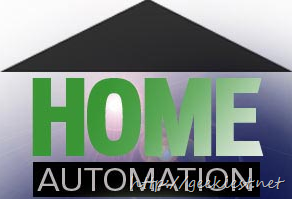
The field of home automation has been growing by leaps and bounds in recent years. Once confined to security providers such as ADT and small startups such as Nest Labs, home automation has now decidedly entered the mainstream. Cable and tech companies such as Comcast and Google, respectively, have begun to enter the fray. More establish automation providers have diversified into green energy, as seen by Vivint’s entrance into the solar power market. And, all the while, the number of American homes with an automation system has continued to increase with rapidity.
All this has served to make the industry more competitive and to bring prices down from their earlier highs. It’s safe to say that home automation is no longer only for the rich; these days, it can be a prudent investment for any family that cares about crime, energy efficiency, electrical safety, or pure convenience. One only needs to read the Vivint reviews to realize that home automation has recently entered the mainstream – and that it’s here to stay.
But despite cost decreases, widespread adaption, and heightened competition, home automation still amounts to a significant investment in the installation process. Fortunately, however, it is possible these days to set up an automation system in your own, DIY-style, without needing any services or contractors. And recently is has become possible to lower your costs even further by downloading free automation software from the internet. Here are the most trustworthy options out there:
-The Virtual Crib (www.thevirtualcrib.com)
-MisterHouse (www.misterhouse.net)
-Xtenscape (find it at FileCluster, GitHub, or Softpedia)
-CocoonTech (www.cocoontech.com)
There are also often contests posted online to win a free home automation starter pack. While downloading any of these software applications will not render your automation system completely free (you still need to purchase physical hardware components and X10 protocols), it can make the cost of installation almost negligible – especially when compared with commercial products. Keep in mind, however, that a DIY system can provide the basics but none of the advanced features; you won’t have a digital console or a smart temperature control unless you pay a good deal more. So if you can forgo those frills and added benefits, you should check out one of the above listed software programs and see if you can self-automate your home. If not, on the other hand, you may want to read up on those Vivint reviews and get a full-fledged system for yourself. You probably won’t regret the decision.